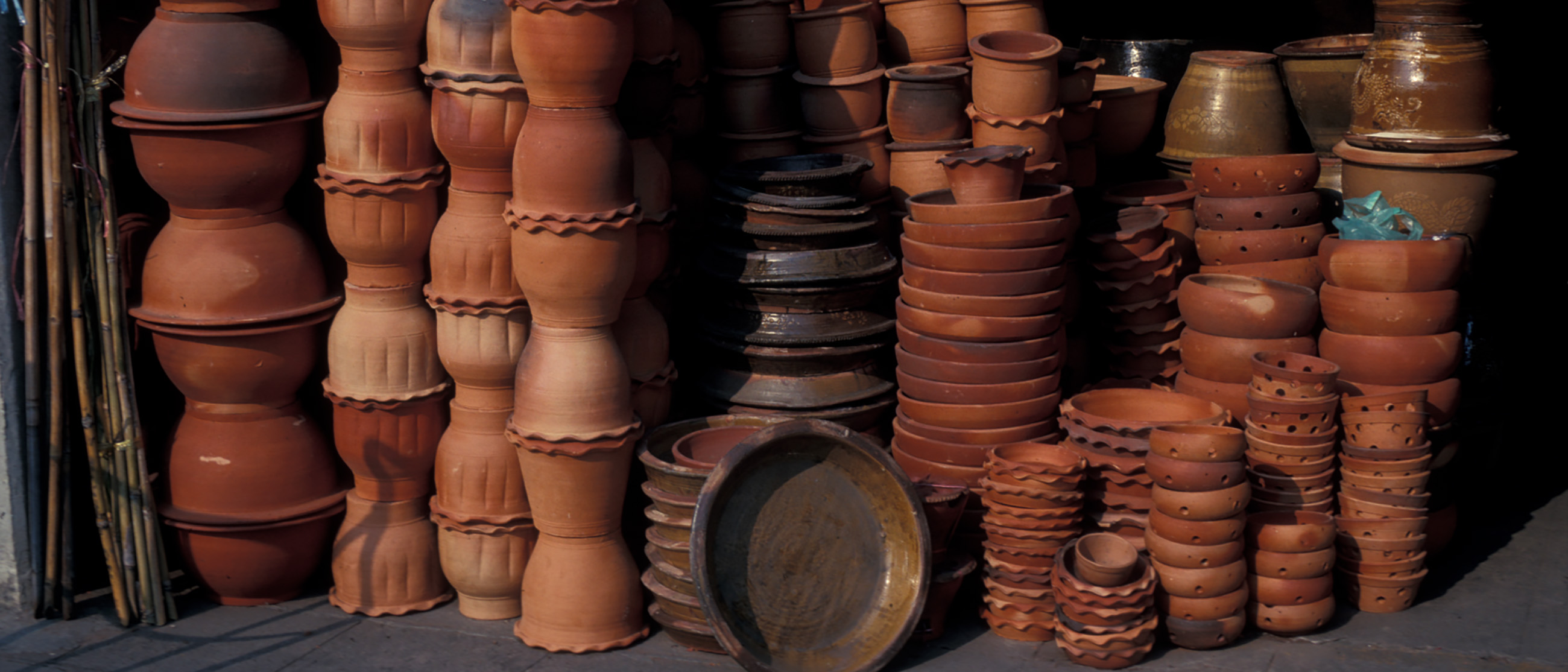
25 February – 1 April 2013
By Don Hein, Louise Allison Cort, and Ea Darith
Supplementary Report on the Chong Samrong Excavation
November, 2014
By Don Hein
Introduction:
Don Hein is an archaeologist whose research has focused on the material evidence for historical ceramic production in Mainland Southeast Asia. His most intensive research has characterized the development of the Sawankhalok kiln complex in Thailand.
Louise Allison Cort is Curator Emerita for Ceramics at the National Museum of Asian Art, Smithsonian Institution.
Ea Darith received his Doctoral degree in ceramic archaeology from Osaka Ohtani University in Japan in 2010. From 2000 to June 2021, he worked at APSARA National Authority. Since July 2021, he has served as Director of the Department of Conservation and Archaeology at the National Authority for Preah Vihear.
Contact:
donhein@optusnet.com.au
cortlo@si.edu
eadarith@yahoo.com
Abstract:
The excavation of Angkorian-period kiln sites in Cambodia, which began in 1996, at first yielded evidence for production of unglazed and green-glazed stoneware only. The mystery of where the well-known brown-glazed stoneware had been made was solved only when sites for such ware were identified east of Angkor. The initial excavation at the Torp Chey kiln site, in 2011, revealed a larger kiln than any known before with distinctive technical features—secondary firing trenches across the kiln body. The 2013 excavation of the nearby Chong Samrong kiln site, reported here, was designed as a training opportunity for young archaeologists from Southeast Asia as well as a source of further information on the kind of kiln used to produce brown-glazed Angkorian stoneware.